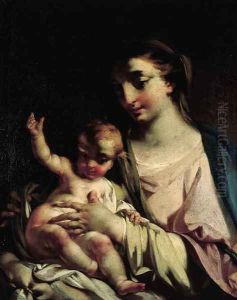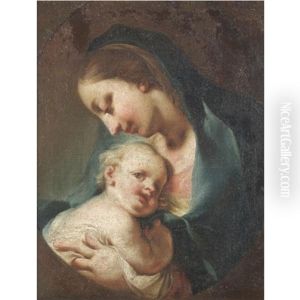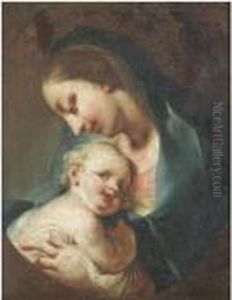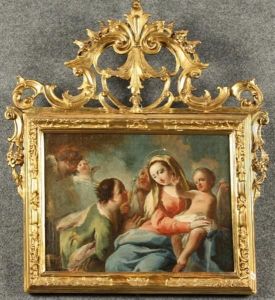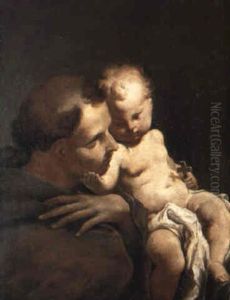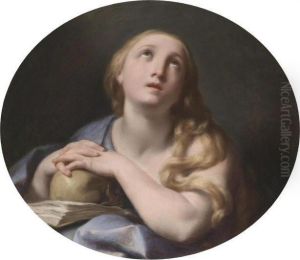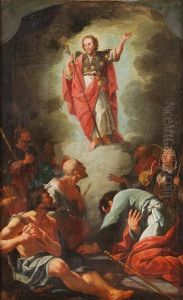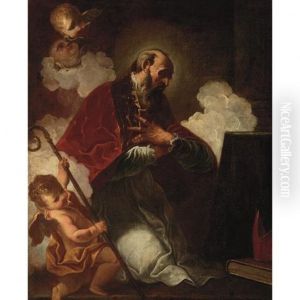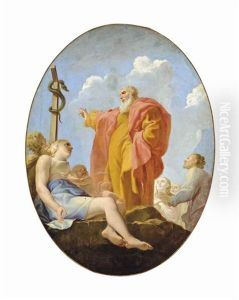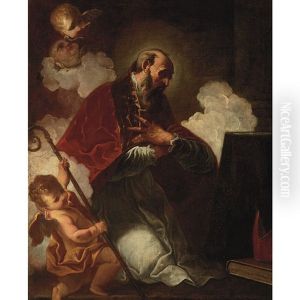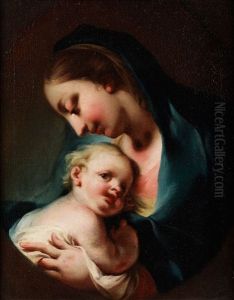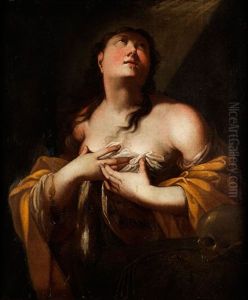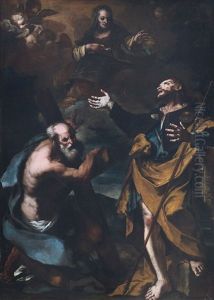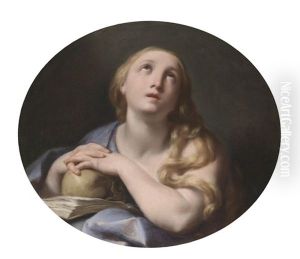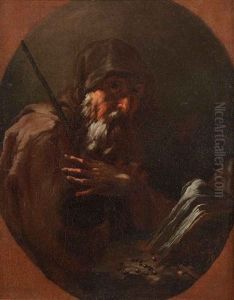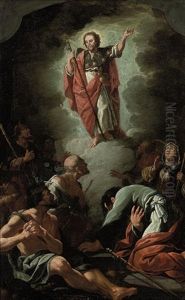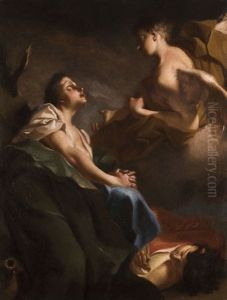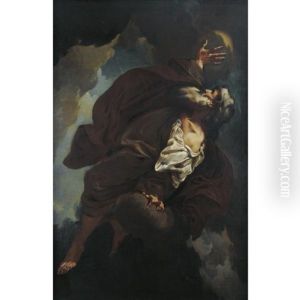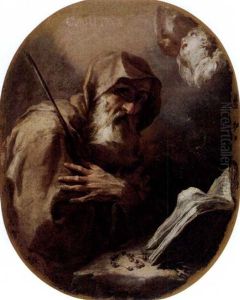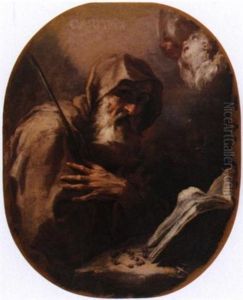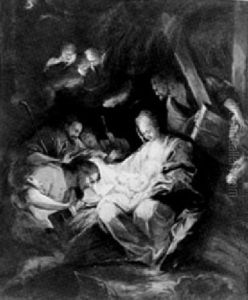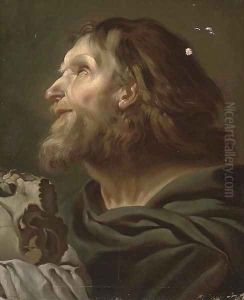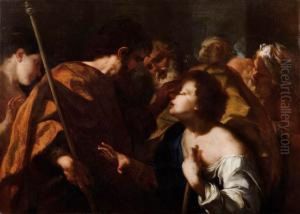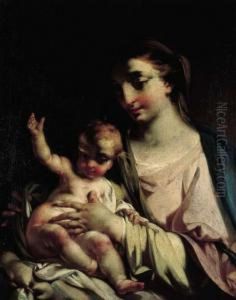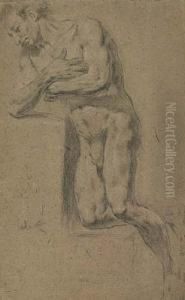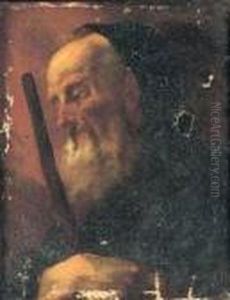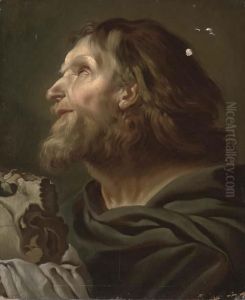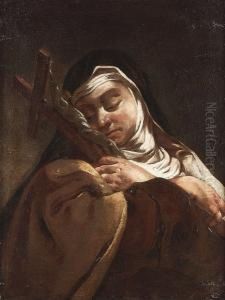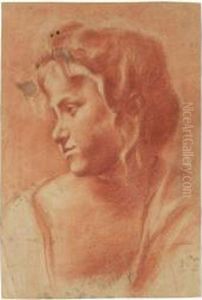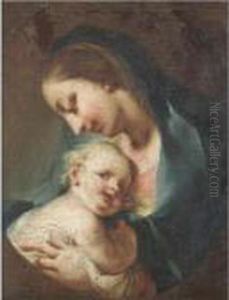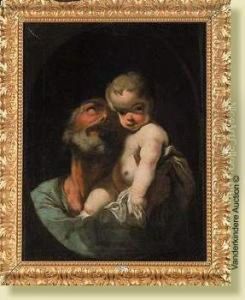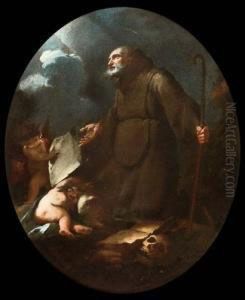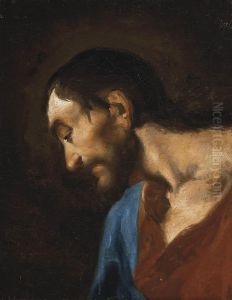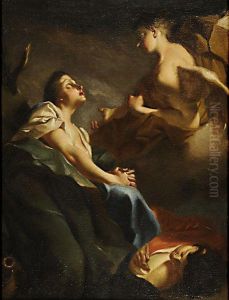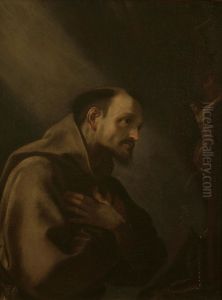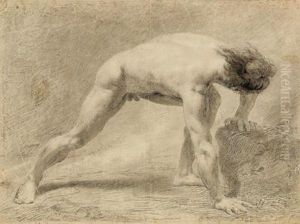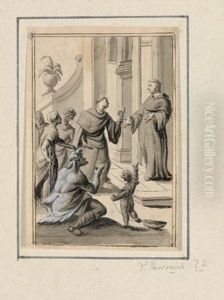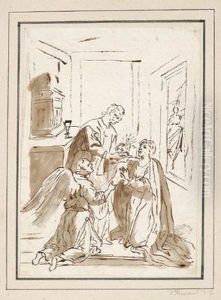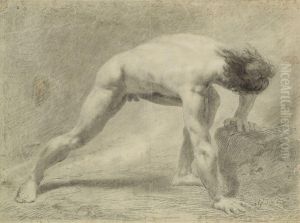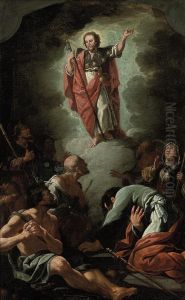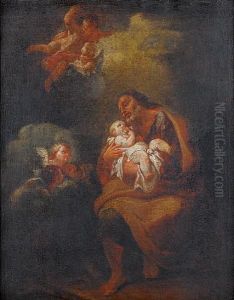Federico Bencovich Paintings
Federico Bencovich was an Italian painter of the Baroque period, renowned for his masterful use of chiaroscuro and his dramatic compositions. Born in 1667 in Sebenico, Dalmatia (modern-day Šibenik, Croatia), which was then part of the Republic of Venice, Bencovich showed an early talent for art and moved to Venice to study painting. He became a pupil of the prominent Venetian painter Antonio Balestra, who influenced his early style.
Bencovich's work is characterized by strong contrasts of light and shadow, a technique known as chiaroscuro, which was popular among Baroque artists. His compositions often featured religious and mythological themes, rendered with emotional intensity and a rich palette. After honing his skills in Venice, Bencovich traveled to Rome, where he was exposed to the works of the great masters of the High Baroque, such as Caravaggio and Guido Reni. This experience had a profound impact on his artistic development, as he began to incorporate the dynamism and theatricality of Roman Baroque art into his own paintings.
In the early 1700s, Bencovich settled in Dresden, where he became a court painter to the Elector of Saxony. His reputation as a skilled artist grew, and he received commissions from various European nobility. Despite his success, Bencovich eventually returned to Italy, where he continued to work until his death in 1753.
Throughout his career, Bencovich was recognized for his ability to convey a sense of movement and emotional depth in his works. He also had a talent for portraiture, capturing the likenesses and personalities of his subjects with precision and sensitivity. His legacy lives on through his paintings, which can be found in numerous galleries and collections across Europe. Bencovich's contributions to the Baroque movement have earned him a place among the notable artists of his time, and his works continue to be studied and admired for their artistic excellence and emotional power.
